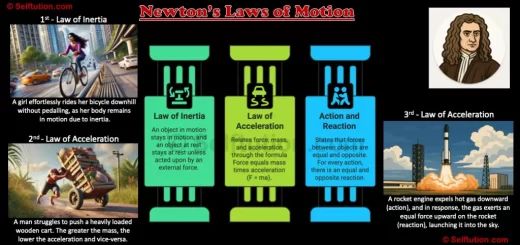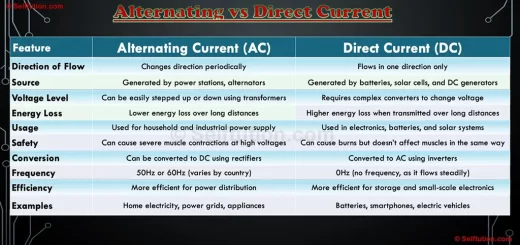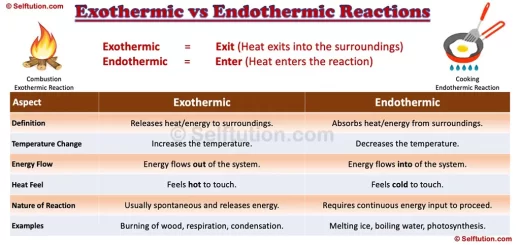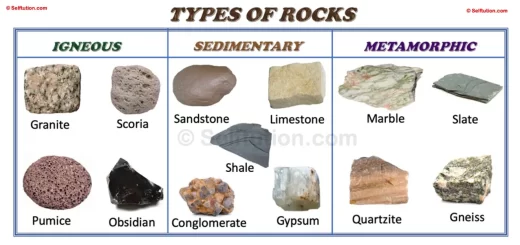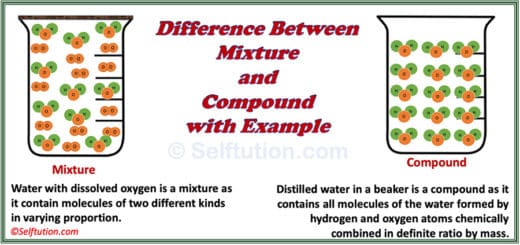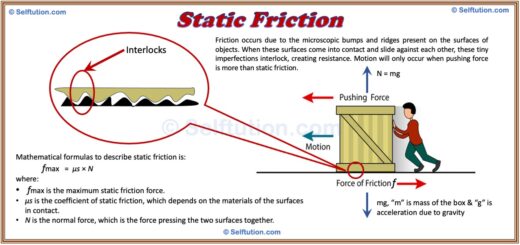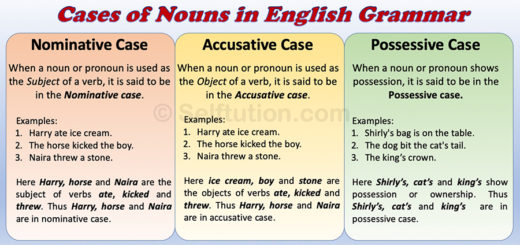Types of Friction with examples
Friction is of four types: static, dynamic or kinetic, rolling, and fluid.
Friction is a concept encountered daily, from walking down the street to driving a car. It’s the invisible force that slows us down, makes it difficult to slide objects, and even stops a spinning top.
In this comprehensive guide, we’ll embark on a journey to demystify friction, unraveling its various types and providing clear examples to deepen your understanding.
Other similar topics of interest are:
- Friction: Exploring Its Causes, Effects, and Examples for Kids
- Advantages and Disadvantages of Friction with Examples
- Static Friction: The Force That Keeps Things Still
- Methods to Reduce Friction and Make Life Easier
Understanding Friction:
Friction is more than just a pesky force that opposes motion; it’s a fundamental aspect of physics that governs interactions between surfaces in contact. When two surfaces rub against each other, they experience resistance due to microscopic irregularities and molecular forces. This resistance is what we call friction, and it manifests in different types, each with its own characteristics and effects.
Types of Friction:
1. Static Friction:
Static friction is the resistance that prevents an object from moving when a force is applied to it. It occurs when two surfaces are at rest relative to each other and increases as the applied force increases, up to a certain limit. Imagine trying to push a heavy box across the floor. Initially, the box stays still because of static friction between it and the floor. You have to push harder until the force you apply overcomes the maximum static friction force, allowing the box to start moving.
Another example of static friction is when you try to slide a book on a table. Before you push it, the book stays in place due to static friction between the book and the table surface. Once you apply enough force to overcome this friction, the book begins to slide. Static friction acts like a barrier that needs to be overcome before an object can start moving. It’s like trying to push against an invisible wall until enough force is applied to break through and set the object in motion.
2. Kinetic or Dynamic Friction:
Kinetic friction, also known as dynamic friction, is the resistance that surfaces exert on each other when they slide past one another. It’s like a brake that slows down moving objects. For instance, imagine pushing a heavy box across a rough floor. The floor pushes back against the box, making it harder to keep moving. This resistance is kinetic friction in action. The rougher the floor or the heavier the box, the stronger this resistance becomes.
Another example is when you ride a bike and apply the brakes to stop. The brake pads pressing against the bike wheels create kinetic friction, which slows down the bike by converting its kinetic energy into heat.
In both cases, kinetic friction acts in the opposite direction to the motion of the object, gradually decreasing its speed. It’s like a gentle tug-of-war between the moving object and the surface it’s sliding on. This frictional force transforms the object’s kinetic energy into thermal energy (heat), causing it to slow down over time. So, whenever you’re trying to slow down something in motion, kinetic friction is there, quietly resisting and bringing things to a halt.
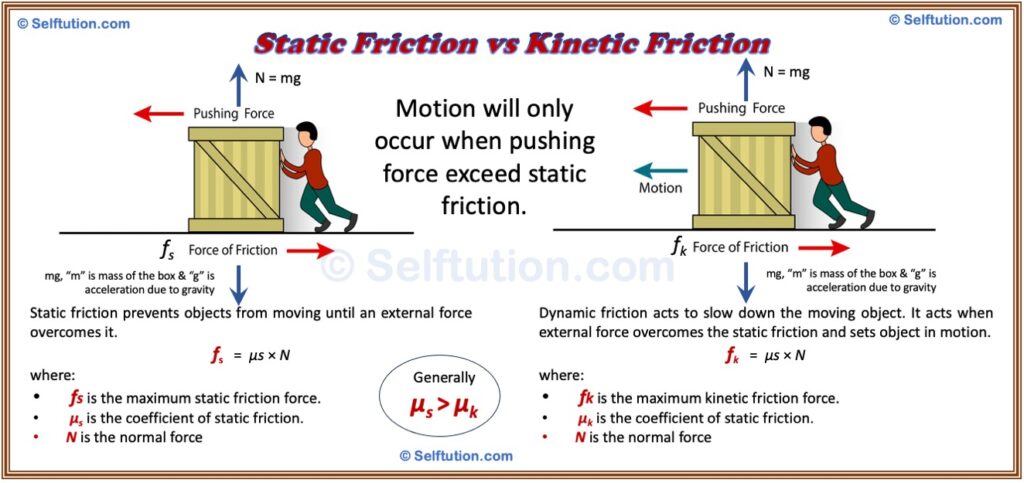
Difference between static and dynamic or kinetic friction
3. Rolling Friction:
Rolling friction is the force that opposes the motion of an object as it rolls over a surface. It’s like a tiny speed bump that slows down moving wheels. One example of rolling friction is when you push a ball across the floor. As the ball rolls, it encounters resistance from the floor, making it gradually come to a stop. The rougher the surface or the heavier the ball, the greater the rolling friction force. Another example is when you ride a bike. As the bike wheels roll along the ground, they experience rolling friction, which acts to slow down the bike. This frictional force is essential for controlling the speed of the bike and ensuring smooth, stable movement.
In both cases, rolling friction arises from the deformation of the object and the surface it rolls on, as well as the resistance to rotation. Unlike sliding friction, which occurs when two surfaces slide past each other, rolling friction involves the interaction between a rolling object and a surface. It’s like the gentle resistance you feel when rolling a wheel over a rough surface, gradually bringing the object to a stop.
Rolling friction is typically lower than dynamic friction, which occurs when two surfaces slide past each other. Dynamic friction involves more direct contact between surfaces, generating more resistance and heat compared to rolling friction, which is predominant in situations like rolling wheels or bearings where rotational motion is the primary mode of movement.
4. Fluid Friction:
Fluid friction, also known as fluid resistance or drag, is the resistance encountered by an object as it moves through a fluid, such as air or water. A classic example of fluid friction is experienced by a swimmer moving through water. As the swimmer propels forward, they encounter resistance from the water, which makes it harder to move quickly. Similarly, when a boat moves through water, it experiences fluid friction, which opposes its motion and slows it down.
Another example is a cyclist riding a bike. As the cyclist moves forward, they encounter air resistance, which is a form of fluid friction. The air pushes against the cyclist and the bike, making it more difficult to maintain speed. This is especially noticeable when cycling into a headwind.
In both cases, fluid friction reduces the speed and efficiency of movement by dissipating energy. It’s like swimming against a current or cycling into a strong wind, where the fluid (water or air) pushes back against the object’s motion, making it more challenging to move forward. To design efficient and streamlined systems, understanding fluid friction is essential in various fields, including transportation, aerodynamics, and fluid dynamics.
Difference Between Types of Friction
Here’s a detailed comparison of various types of friction – static, dynamic, rolling, and fluid friction.
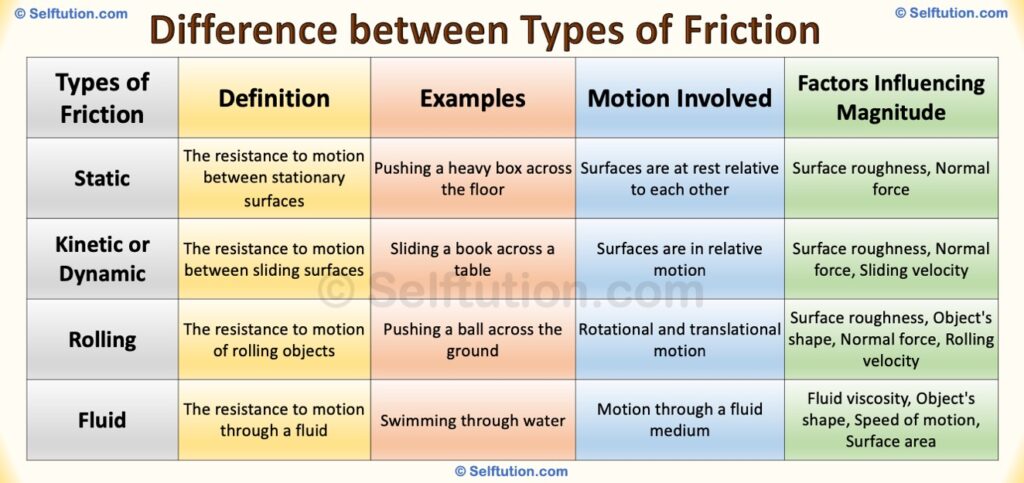
Difference between types of friction
Conclusion:
Friction is a ubiquitous force that influences countless aspects of our daily lives, from simple tasks like walking and writing to more complex activities like driving and braking. By understanding different types of friction with examples, we gain insight into how friction shapes the world around us. Whether it’s providing traction for walking, converting kinetic energy into heat for braking, or enabling us to perform everyday tasks, friction plays a vital role in our interactions with objects and surfaces. Embracing the complexities of friction enhances our understanding of physics and empowers us to navigate the physical world with greater insight and appreciation.
You may also like…... Types of Chemical Reactions in Chemistry

